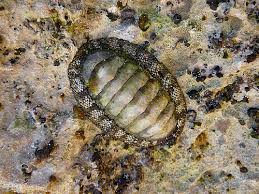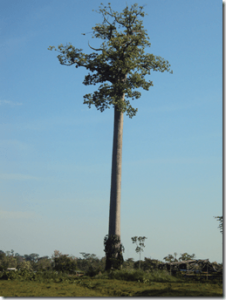So the trip is finally coming to a close and I have to say it was the fastest two weeks of my life. Each day was jammed packed with amazing adventures and memories were made that I will cherish forever. At the beginning of this trip I was incredible nervous to go on a trip with people I didn’t know at all and plus all the fears of the unknown. I have to say, all in all, this trip was a definite success. I think after all the hiking we did, an incline may never phase me again. Also, I’m hoping to have lost a couple of pounds from the amount of sweat I lost in the last two weeks.
One of my favorite adventures we took was when we visited the village of the indigenous Embera people. We got to experience traditional singing, dancing, learn about the plants used for medicinal purposes and also eat a traditional meal prepared by the Embera people. It was definitely one of the coolest experiences here. One thing, however, did top that. Today we took a trip to the Caribbean side and got to visit a beach. A beach is much more up my alley than the hiking through a forest thing. We were able to swim to a small peninsula off the coast that was covered in small tide pools that held many creatures. We saw a variety of crabs and fish as well as an abundance of interesting crustacean known as chitons.
As much as I have been to the beach in my life, I had never come across these little guys before. At first I didn’t even realize that there was a living creature underneath the shell that blended in so well with the surrounding coral. Once they were pointed out, I realized how abundant these critters were. Most chitons are typically found in tide pools similar to where we found them today but they have also been found at depths of 1000 meters or more (Topic: Chitons, n.d). Today, around 750 species have been identified (Chitons, n.d). Most feed on algae but also on other organisms that include sponges, bryozoans, and coelenterates (Topic: Chitons, n.d). It has also been found that some species of chiton have adapted and can become carnivorous and prey on other small crustations. Another adaptation of chitons are their light sense organs (Chitons, n.d). This adaptation allows them to detect the time of day or the level of tide. Typically, they are most active at night or during high tide (Topic: Chitons, n.d). While at the beach, we were able to get one off the rock after it resisted being picked up using a vacuum technique. Underneath it’s armor-like shell, it looked similar to a snail or similar mollusk organisms.
After this trip, I have a much bigger appreciation for nature and all the various species of animals, plants, fungi, and everything else that keep it up and running. During this trip, I learned an incredible amount about several tropical species that, for most, we were able to actually see out in the field. I learned about species I’d never heard of and species I thought I already knew about but learned a whole other level of information about. I am very grateful for everything this trip has allowed me to do and being able to meet the people I met and would without a doubt sign up to do it again!!
Resources:
~Chitons (Polyplacophora). (n.d.). . Martina Eleveld. http://www.molluscs.at/polyplacophora/index.html?/polyplacophora/main.html.
~Topic: Chitons (Class Polyplacophora) | Te Papa’s Collections Online. (n.d.). . http://collections.tepapa.govt.nz/topic/967.



